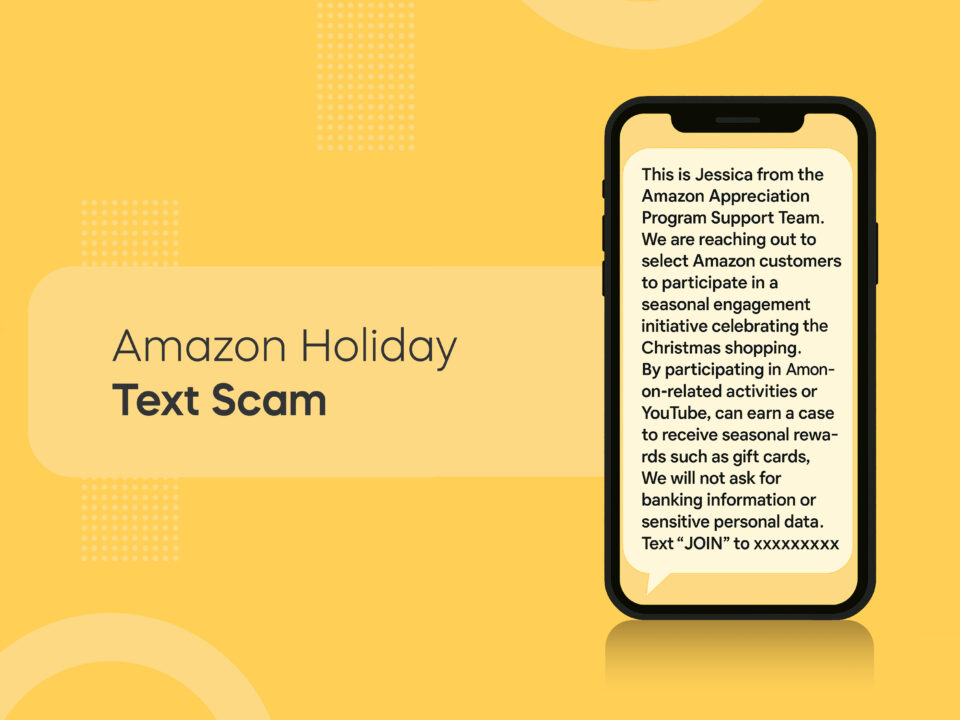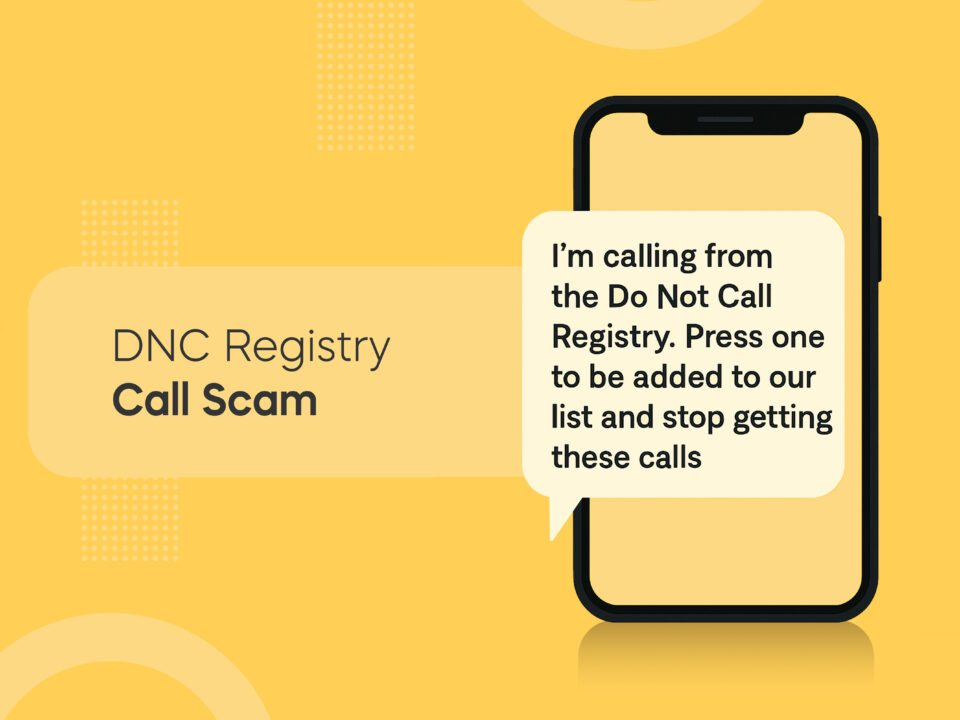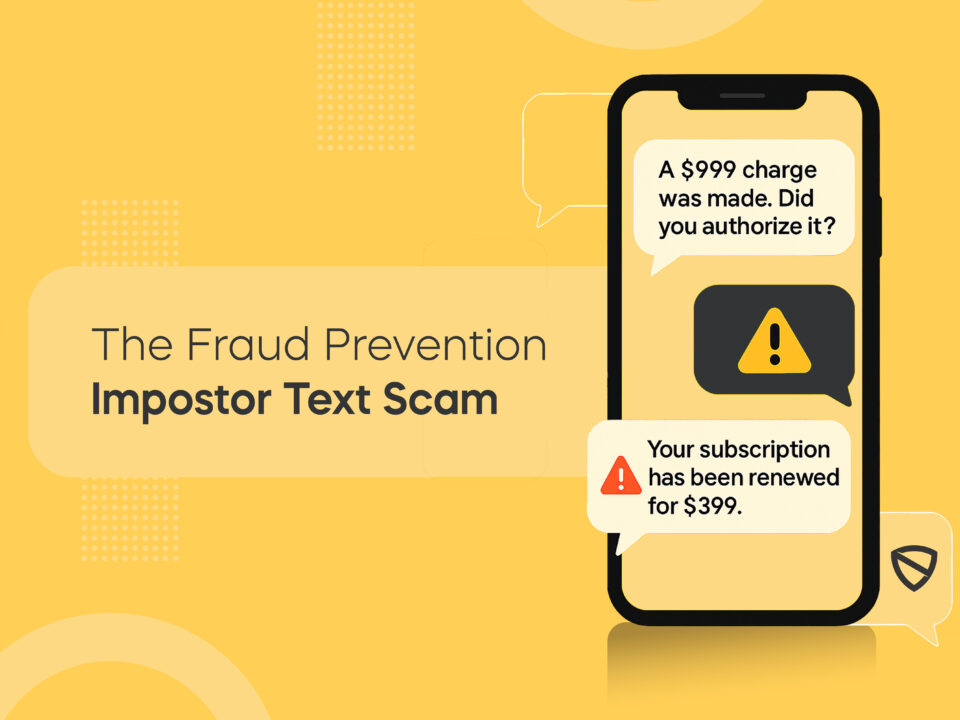
Texas Tops the Nation in Robocalls – Two Companies Face Lawsuit
September 19, 2025
Jury Duty Scam Exposed: Fake Arrest Threats Targeting Your Wallet
October 3, 2025Watch and Learn
We’ve put together an in-depth video breaking down this exact scam so you can hear it, see how it works, and know how to respond.
If you prefer learning in video format, head over to our Fraud Fighters page. It’s packed with real-world scam examples and expert tips to help you stay one step ahead of the bad guys.
A delivery shows up at your door.
It’s got your name, your address — but you didn’t order anything.
Surprise freebies? Not quite. This is a scam called brushing, and it’s showing up in mailboxes across the country.
How the Brushing Scam Works
Scammers find your address online and mail you a package you never ordered. Why? Two main reasons:
-
To create fake “verified purchase” reviews online and inflate their product ratings.
-
To trick you into scanning a QR code or calling a number tied to the package, leading you to a fraudulent website.
Once you engage, scammers may ask you to provide sensitive details like your name, address, date of birth, or even financial information.
Why this Scam Is Dangerous
At first, a free package might feel harmless — or even like a lucky mistake. But brushing scams carry hidden risks:
-
Data exposure: If a package reaches you, it means scammers already have your name, phone number, and address. That information could be circulating on the dark web.
-
Phishing traps: QR codes or fake tracking links tied to the delivery can lead you straight to malicious websites that steal your login credentials.
-
False sense of security: Some victims ignore brushing packages, not realizing it’s a red flag that their identity is already being misused.
The danger isn’t the package itself — it’s what happens when you respond.
That small action (scanning a code, calling a number, or confirming your details) is what scammers are counting on.

How to Protect Yourself
A brushing package on your doorstep might feel confusing, but the right steps will keep you safe:
-
Don’t panic: You don’t owe anything for an item you didn’t order.
-
Avoid engagement: Don’t scan QR codes, click tracking links, or call numbers tied to the package.
-
Secure your data: Treat the delivery as a sign your personal details may already be exposed — monitor your accounts for unusual activity.
-
Shred the labels: Destroy shipping labels with your name, address, and barcodes before tossing packaging in the trash.
-
Report it: Contact the retailer (like Amazon) to let them know you received a brushing package. They may investigate the fraudulent seller.
The package itself isn’t the danger — the real risk begins when you engage with the scammer’s next move.
Fraud Fighter Pro Tip
If you receive a package you didn’t order and it asks you to scan a QR code, it’s a brushing scam.
Scammers hope you’ll scan and land on a fake site where you’ll be asked for personal details.
Don’t scan the QR code. Instead, log in directly to your Amazon or retailer account to confirm activity.
Take Action
Nomorobo blocks the shady texts and robocalls that often accompany brushing scams.
Stay ahead of fraudsters and protect your identity with Nomorobo today.





